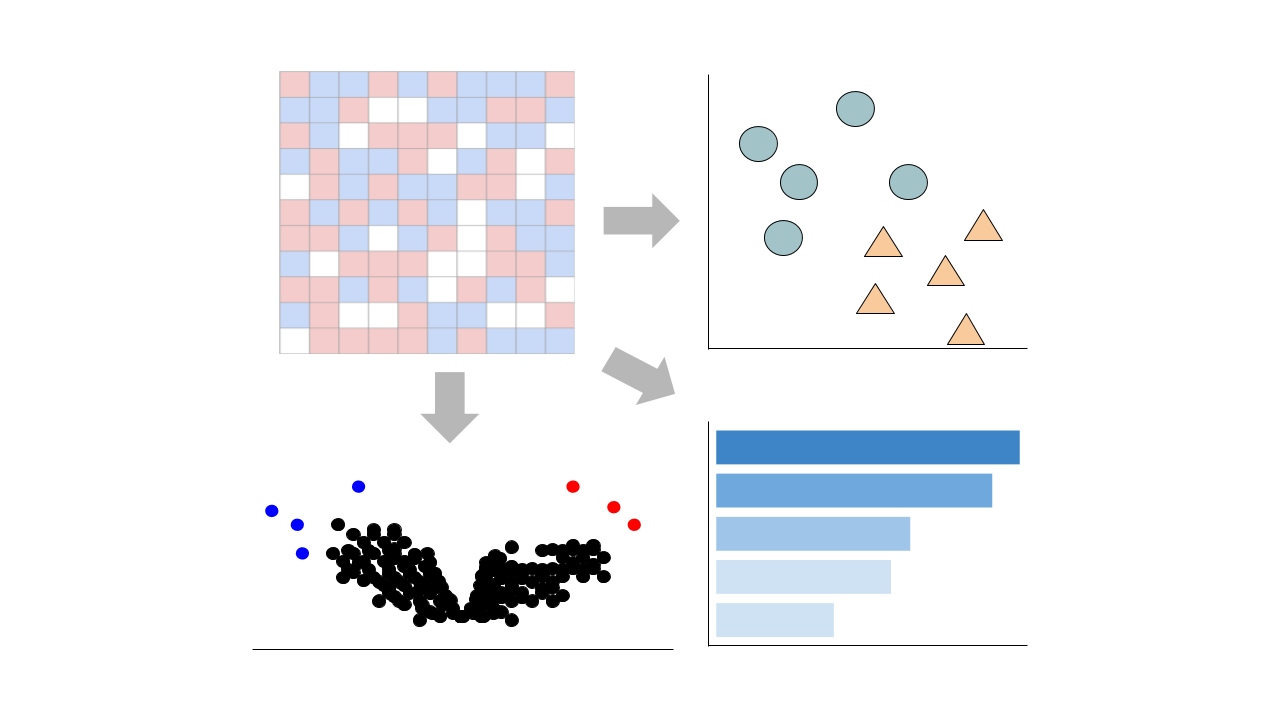Submission Date: Aug 11, 2020
Summary: Persistently infected macrophages serve as a long-term HIV reservoir and barrier to viral eradication, and also contribute to neurological complications in patients despite antiretroviral therapy (ART). To better understand the regulation of HIV in macrophages, we compared HIV infected human monocyte derived macrophages (MDM) to acutely infected primary CD4 T cells and Jurkat cell lines latently infected with HIV (JLAT). HIV genomes in MDM were actively transcribed despite enrichment with heterochromatin-associated H3K9me3 across the complete HIV genome in combination with elevated activation marks of H3K9ac and H3K27ac at the LTR. In contrast, JLAT showed conventional bivalent H3K4me3/H3K27me3 while CD4 showed an intermediate epigenotype. 5'-methylcytosine (5mC) was enriched across the HIV genome in latently infected JLAT cells, while 5'-hydroxymethylcytosine (5hmc) was enriched in CD4 and MDM. HIV infection induced multinucleation of MDMs along with DNA damage associate p53 phosphorylation, as well as loss of TET2 and the nuclear redistribution of 5-hydoxymethylation. RNA-seq analysis demonstrated that MDMs have a distinct transcriptional response to HIV persistent infection, including activation of CCL7, LAG3, and interferon signaling. Taken together, our findings suggest that HIV induces a unique macrophage nuclear and transcriptional profile, and viral genomes are maintained in a non-canonical bivalent epigenetic state.
GEO Accession ID: GSE156072
PMID: No Pubmed ID
Select conditions below to toggle them from the plot:
| GROUP | CONDITION | SAMPLES |
|---|---|---|
| CD4+ T Cells |
GSM4721955 GSM4721956 GSM4721957
|
|
|
GSM4721952 GSM4721953 GSM4721954
|
||
| Monocyte Derived Macrophages |
GSM4721961 GSM4721962 GSM4721963
|
|
|
GSM4721958 GSM4721959 GSM4721960
|
Submission Date: Aug 11, 2020
Summary: Persistently infected macrophages serve as a long-term HIV reservoir and barrier to viral eradication, and also contribute to neurological complications in patients despite antiretroviral therapy (ART). To better understand the regulation of HIV in macrophages, we compared HIV infected human monocyte derived macrophages (MDM) to acutely infected primary CD4 T cells and Jurkat cell lines latently infected with HIV (JLAT). HIV genomes in MDM were actively transcribed despite enrichment with heterochromatin-associated H3K9me3 across the complete HIV genome in combination with elevated activation marks of H3K9ac and H3K27ac at the LTR. In contrast, JLAT showed conventional bivalent H3K4me3/H3K27me3 while CD4 showed an intermediate epigenotype. 5'-methylcytosine (5mC) was enriched across the HIV genome in latently infected JLAT cells, while 5'-hydroxymethylcytosine (5hmc) was enriched in CD4 and MDM. HIV infection induced multinucleation of MDMs along with DNA damage associate p53 phosphorylation, as well as loss of TET2 and the nuclear redistribution of 5-hydoxymethylation. RNA-seq analysis demonstrated that MDMs have a distinct transcriptional response to HIV persistent infection, including activation of CCL7, LAG3, and interferon signaling. Taken together, our findings suggest that HIV induces a unique macrophage nuclear and transcriptional profile, and viral genomes are maintained in a non-canonical bivalent epigenetic state.
GEO Accession ID: GSE156072
PMID: No Pubmed ID
Select conditions:
Control Condition
Perturbation Condition
This pipeline enables you to analyze and visualize your bulk RNA sequencing datasets with an array of downstream analysis and visualization tools. The pipeline includes: PCA analysis, Clustergrammer interactive heatmap, library size analysis, differential gene expression analysis, enrichment analysis, and L1000 small molecule search.
